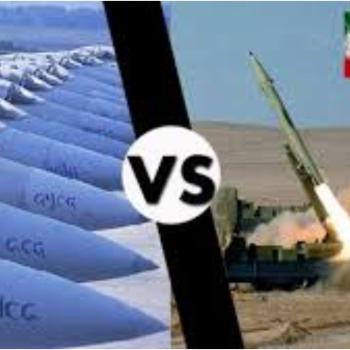I don’t own copies of them yet — they’re currently available only as expensive UK imports — but I take comfort in knowing that they are finally out there. I am, of course, referring to the recently released reissues of My Bloody Valentine’s Loveless, Isn’t Anything, and various EPs. For many years, it seemed as if these seminal releases would never get any sort of reissue treatment. MBV frontman Kevin Shields would occasionally emerge from obscurity to drop a tantalizing hint or two, and their existence seemed more likely when the band reformed in 2007 and began playing concerts and festivals, but fans grew increasingly cynical. But they’re here now, there are signs of life in the MBV camp, and we can all breathe a sigh of relief.
MBV formed in Dublin, Ireland in 1983, originally as a punk band and released their debut album in 1985. The band went through several line-up changes before finally arriving at the band’s current line-up of Shields (guitars, vocals), Bilinda Butcher (guitars, vocals), Debbie Googe (bass), and Colm Ó Cíosóig (drums). The band released two EPs in 1987 that revealed a more jangly, poppy direction to their sound. Then, in 1988, the band released Isn’t Anything, an album that didn’t so much leave the jangly sound behind as fill it with dynamite, blow it up, and compose songs with the surviving fragments and debris. Jarring, cacophonous guitars ripped through lazy, dreamy vocals, driven by staggering, stuttering drum blasts. It was quite the revolutionary sound for the time, and the press immediately heaped accolades on it… and then the band released Loveless in 1991.
Put simply, Loveless is one of the most important records of the last two decades. Indeed, it’s difficult to imagine what indie/alternative music would sound like without it. One can hear its influence on artists ranging from Smashing Pumpkins and Radiohead to Sigur Rós and The Pains of Being Pure at Heart, not to mention the numerous “shoegaze” acts that have cropped up since the mid ’90s. And yet, nothing has come too close to rivaling Loveless‘ sound. The album begins with four snare hits, which sound like Shields at al. firing shots across the bow of rock n’ roll, before immediately pulverizing it with a mixture of searing, overdriven guitars and ethereal, amorphous vocals. That juxtaposition of blistering sonics and delicate vocals creates within Loveless a tension that few albums match, and it makes it still a revelatory listen even after all these years. Many have tried to capture the same sort of extremely loud quietness that MBV perform so effortlessly, and many more will try… and it’s doubtful that any of them will come close.
Unfortunately, the band basically fell apart trying to create a follow-up to Loveless. They bounced from label to label — it’s widely rumored that Loveless bankrupted their previous label, Creation — and Shields admitted to going crazy trying to figure out new MBV material. A few songs appeared, including a cover of a James Bond theme and a score for a dance troupe. Rumors began flooding the Internet, even in the ’90s: a new album would be released soon; Shields had recorded twenty albums’ worth of new material; the new album would be influenced by jungle music; Shields had destroyed the new album in a drug-fueled frenzy. Even today, the status of a new MBV album is unclear: Shields has made recent comments indicating that a new album is in the works, but at the risk of sounding cynical, longtime fans have heard those words before.
What isn’t in doubt, though, is the band’s legacy. Few bands can claim to have altered the musical landscape, much less charted out an entirely new landscape. With Loveless, My Bloody Valentine can absolutely make such claims.















